Big cats, including lions, tigers, leopards, jaguars, and cheetahs, are some of the most iconic and majestic animals on the planet. They are not only fascinating creatures but also play a critical role in maintaining the balance of their ecosystems. Despite facing numerous threats, these apex predators are vital to the health and stability of various biomes and are pivotal in conservation efforts.
Apex Predators and Their Influential Role
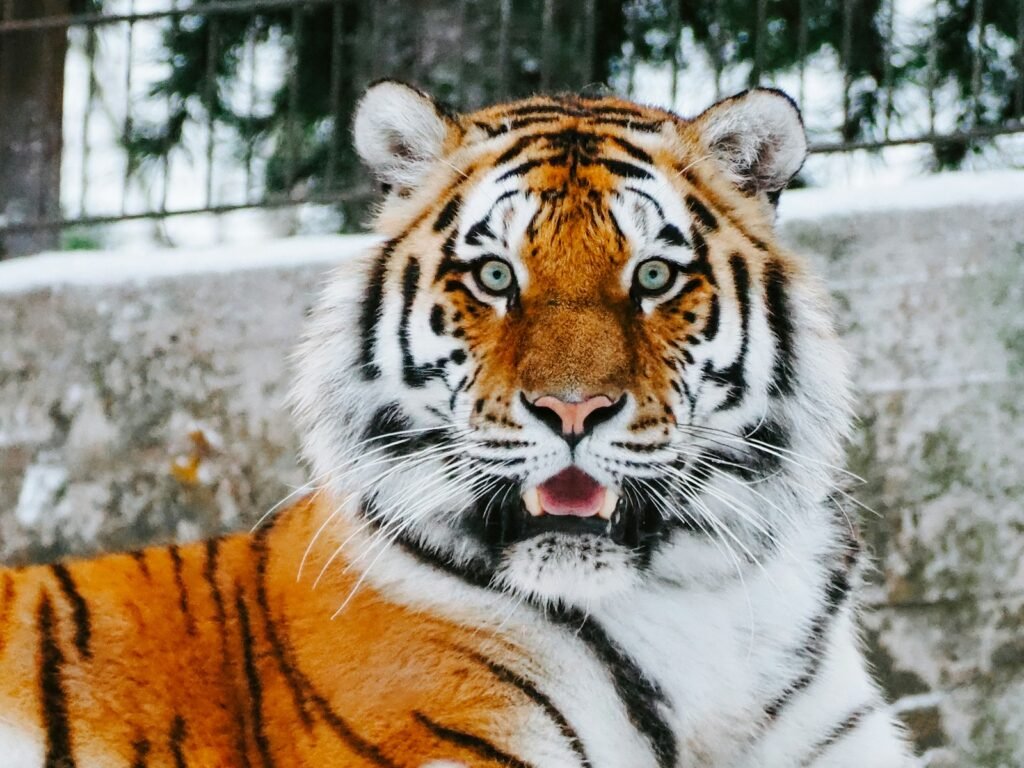
As apex predators, big cats sit at the top of the food chain. This position allows them to regulate the populations of prey species, which in turn controls the populations of vegetation these prey consume. By keeping herbivore numbers in check, big cats ensure that plant life is not overgrazed, maintaining a balance that supports diverse species.
Keystone Species: Big Cats’ Critical Contributions
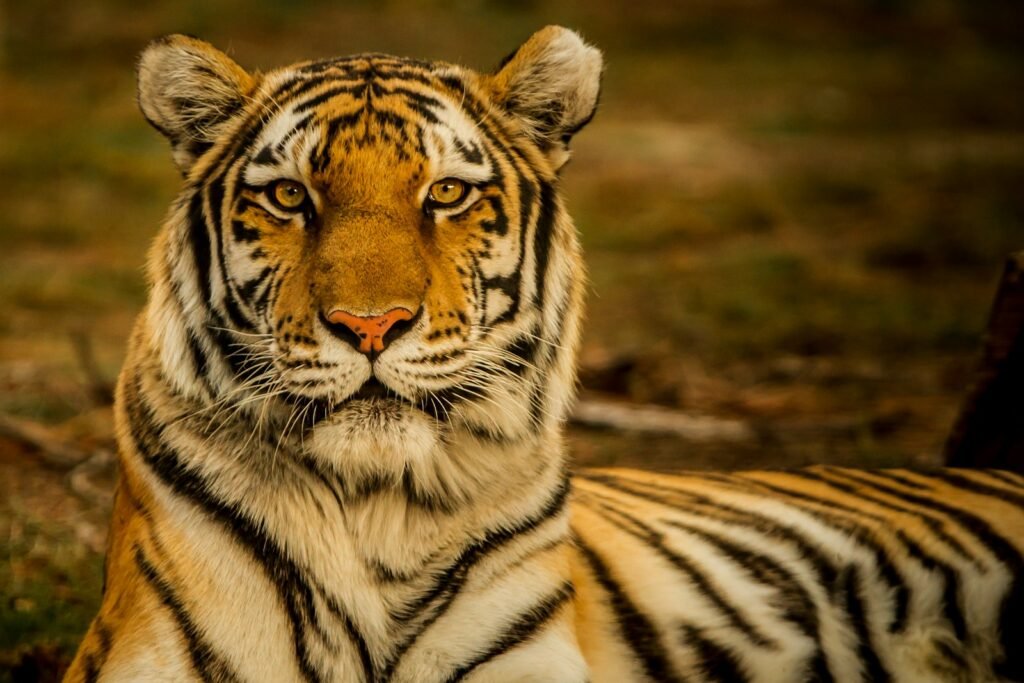
Big cats are considered keystone species due to their disproportionate influence on their environments. Their hunting activities help maintain the structure of ecosystems, affecting not only prey populations but also the abundance and diversity of other species. This keystone role is essential for preserving the integrity of both plant and animal communities.
Big Cats and Prey Dynamics
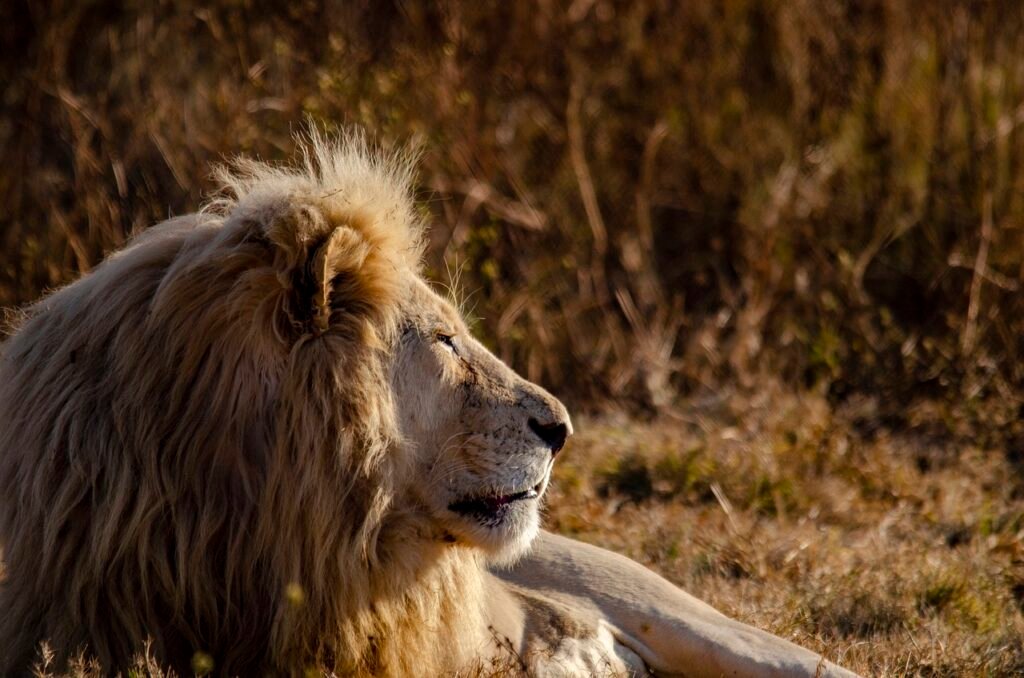
The predator-prey relationship is a delicate balance. Big cats target the sick and weak in prey populations, which helps ensure that only the strongest genes are passed on. This natural selection contributes to the health and resilience of prey species while keeping their populations at sustainable levels.
Impact on Biodiversity
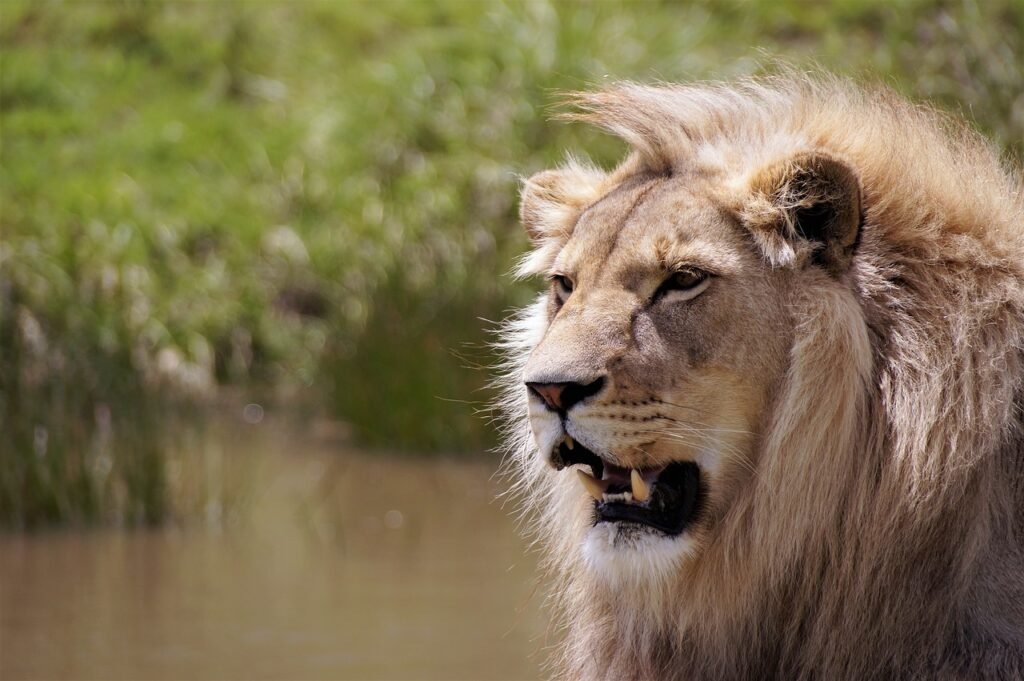
Healthy populations of big cats contribute to greater biodiversity. Their presence supports diverse plant and animal life, creating stable habitats that can support various species. This diversity is vital for ecosystem resilience, allowing environments to withstand changes and recover from disturbances.
Threats to Big Cats
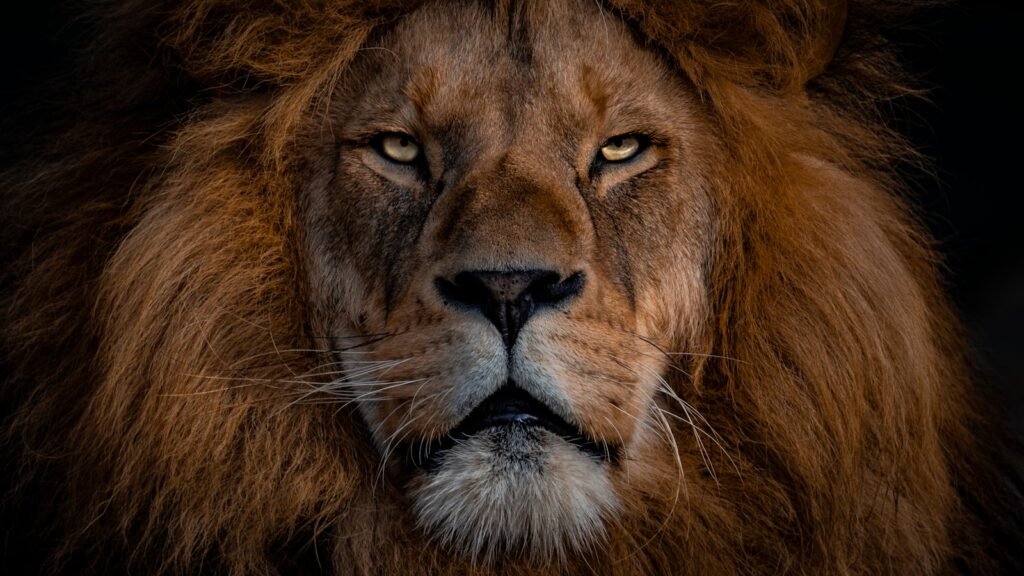
Despite their importance, big cats face numerous threats, including habitat loss, poaching, and human-wildlife conflict. These challenges have led to declining populations, with many species now listed as vulnerable or endangered. Conservation efforts must address these threats to ensure the survival of these incredible animals.
Conservation Strategies for Big Cats
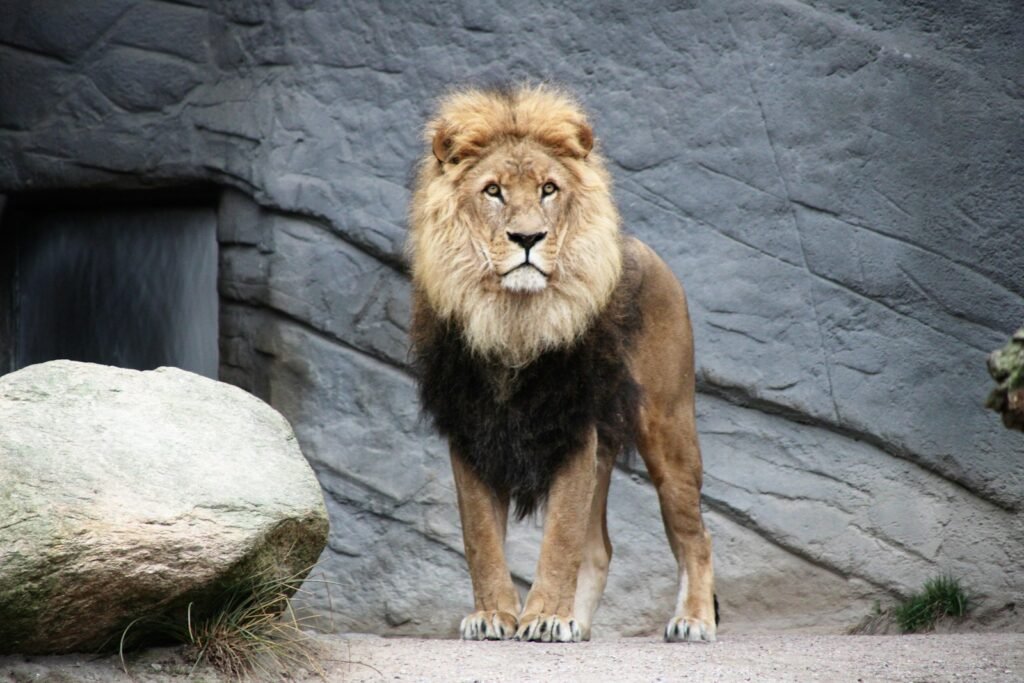
Conservation efforts for big cats involve habitat protection, anti-poaching initiatives, and conflict mitigation with human populations. Establishing protected areas and wildlife corridors, along with implementing sustainable development practices, are crucial steps in preserving these species and their ecosystems.
Community Involvement and Education
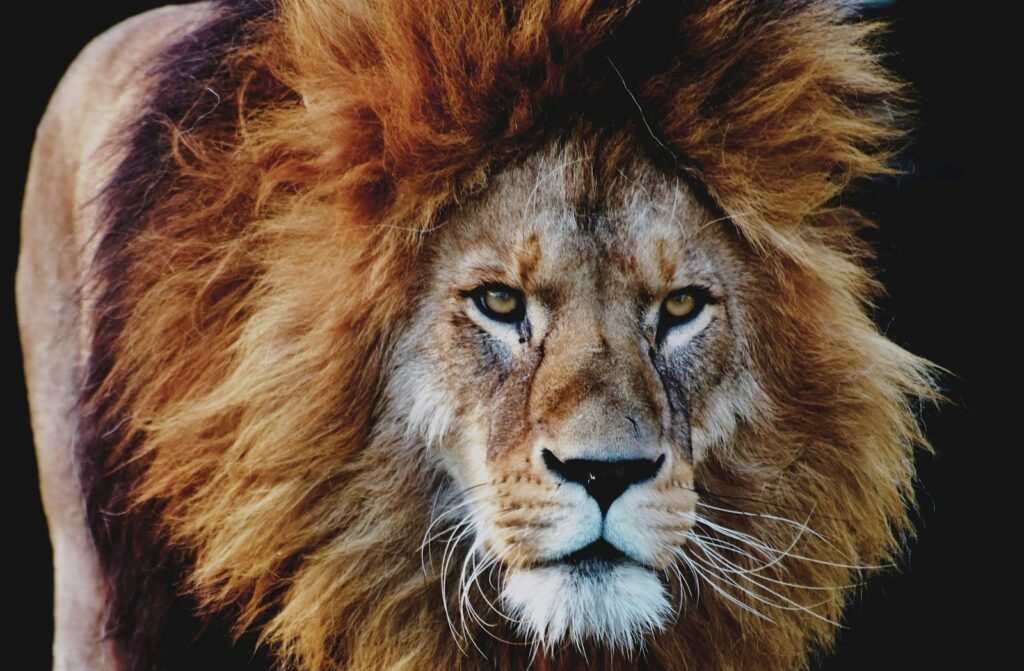
Community involvement is essential for effective conservation. Educating local populations about the importance of big cats and involving them in conservation projects can reduce human-wildlife conflict and promote coexistence. Empowering communities with sustainable alternatives to activities that harm big cats is vital for long-term success.
The Role of Technology in Conservation
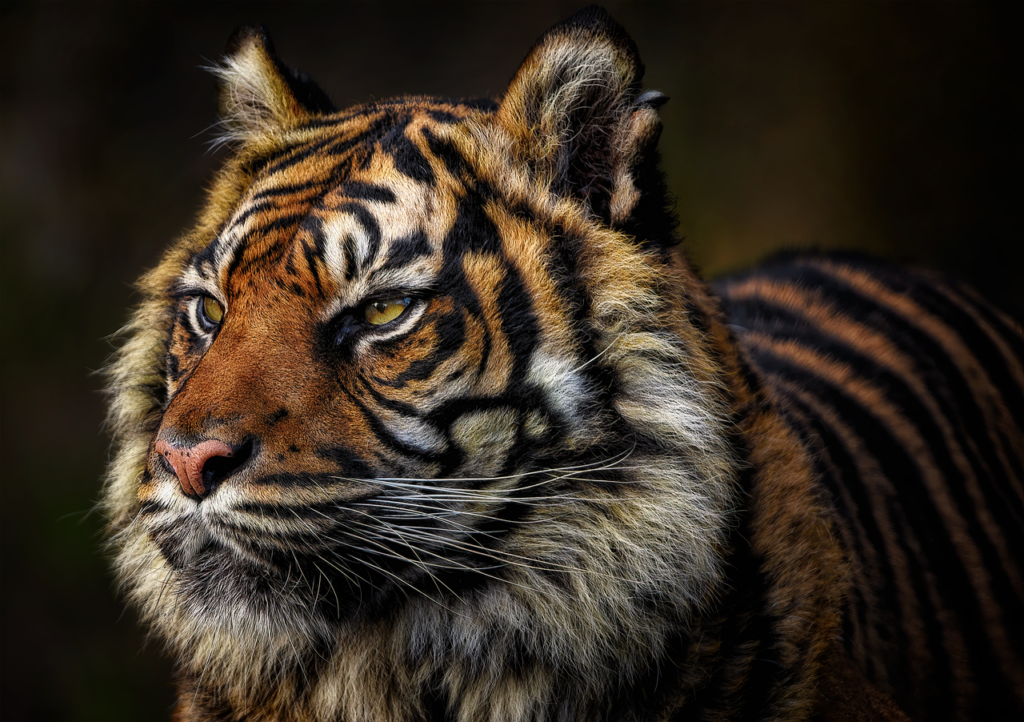
Technology has become a valuable tool in big cat conservation. GPS collars and camera traps allow researchers to monitor populations and gather data on behavior and habitat use. This information is critical for developing effective conservation strategies and understanding the challenges big cats face.
Success Stories: Conservation Wins
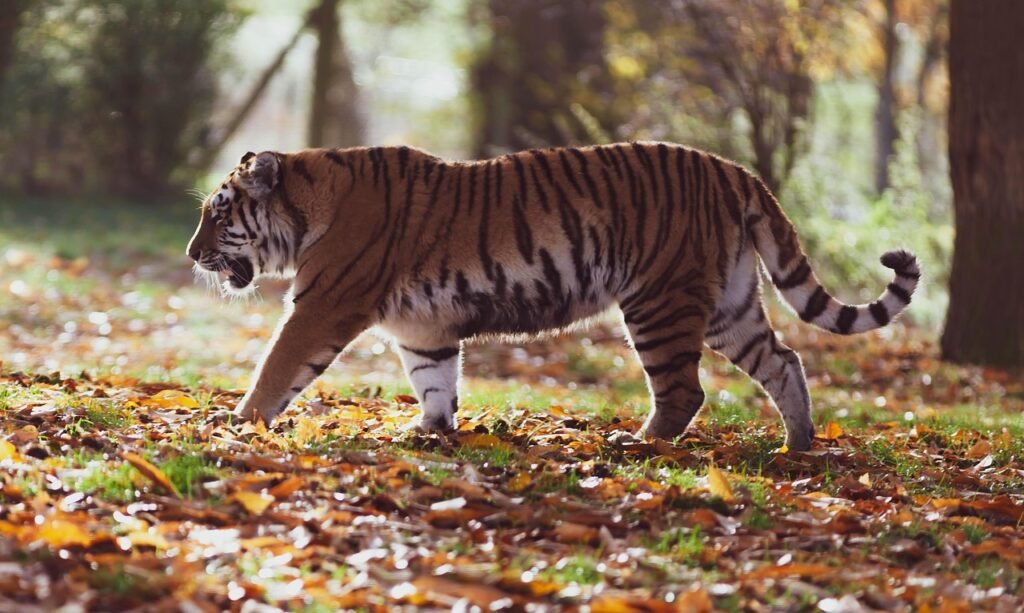
There have been notable successes in big cat conservation, thanks to collaborative efforts. Initiatives such as Project Tiger in India have helped stabilize and even increase certain big cat populations. These successes demonstrate that, with dedicated efforts and resources, it is possible to reverse the decline of these magnificent creatures.
The Future of Big Cats and Ecosystem Health
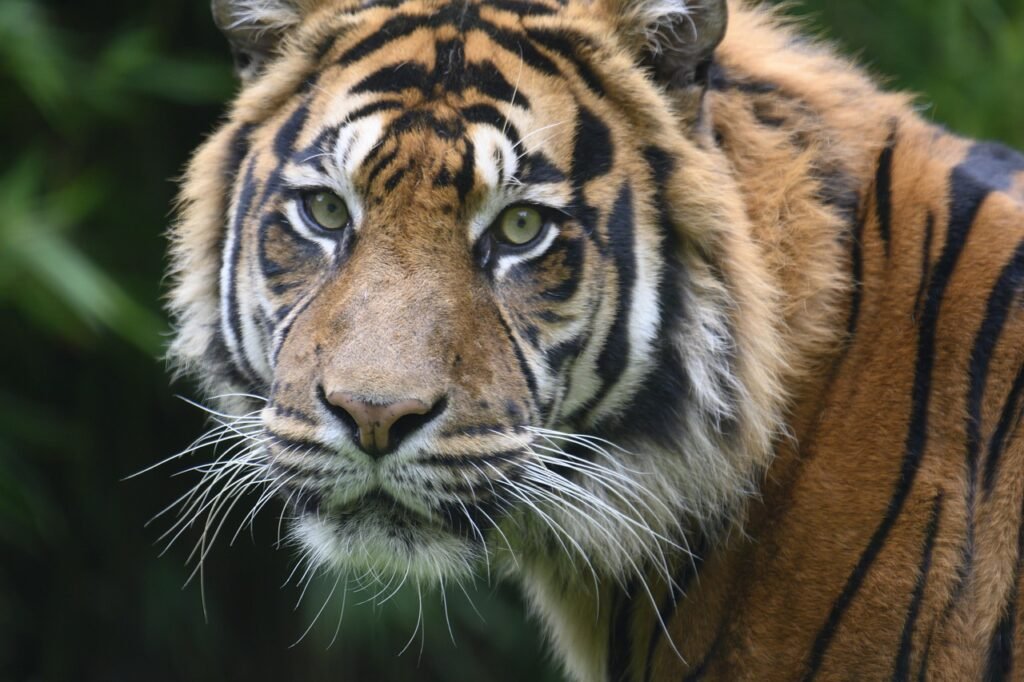
The future of big cats and the ecosystems they support is uncertain but hopeful. Continued conservation efforts are essential to address the threats they face and to preserve their roles as ecosystem regulators. By protecting big cats, we not only ensure their survival but also promote the health and balance of the natural environments we all depend on.
Hi, I’m Bola, a passionate writer and creative strategist with a knack for crafting compelling content that educates, inspires, and connects. Over the years, I’ve honed my skills across various writing fields, including content creation, copywriting, online course development, and video scriptwriting.
When I’m not at my desk, you’ll find me exploring new ideas, reading books, or brainstorming creative ways to solve challenges. I believe that words have the power to transform, and I’m here to help you leverage that power for success.
Thanks for stopping by, Keep coming to this website to checkout new articles form me. You’d always love it!






